Wang Bo from Aofeisi Quantum Bit | Public Account QbitAI
Indeed, the driving force behind human technological advancement is laziness.
From dishwashers to vacuum robots, now even tooth brushing micro-robots have arrived!
You heard it right, it’s a robot that can clean bacteria in your mouth.
Moreover, this micro-robot also has the functionality of a dental assistant:
It can not only clean the biofilm and bacteria that cause cavities based on the chemical properties of the materials making up the micro-robot but also collect bacteria in the mouth to help diagnose oral problems.
The research results sparked heated discussions as soon as they were published, with some netizens even imagining whether we will not need dentists in the future?
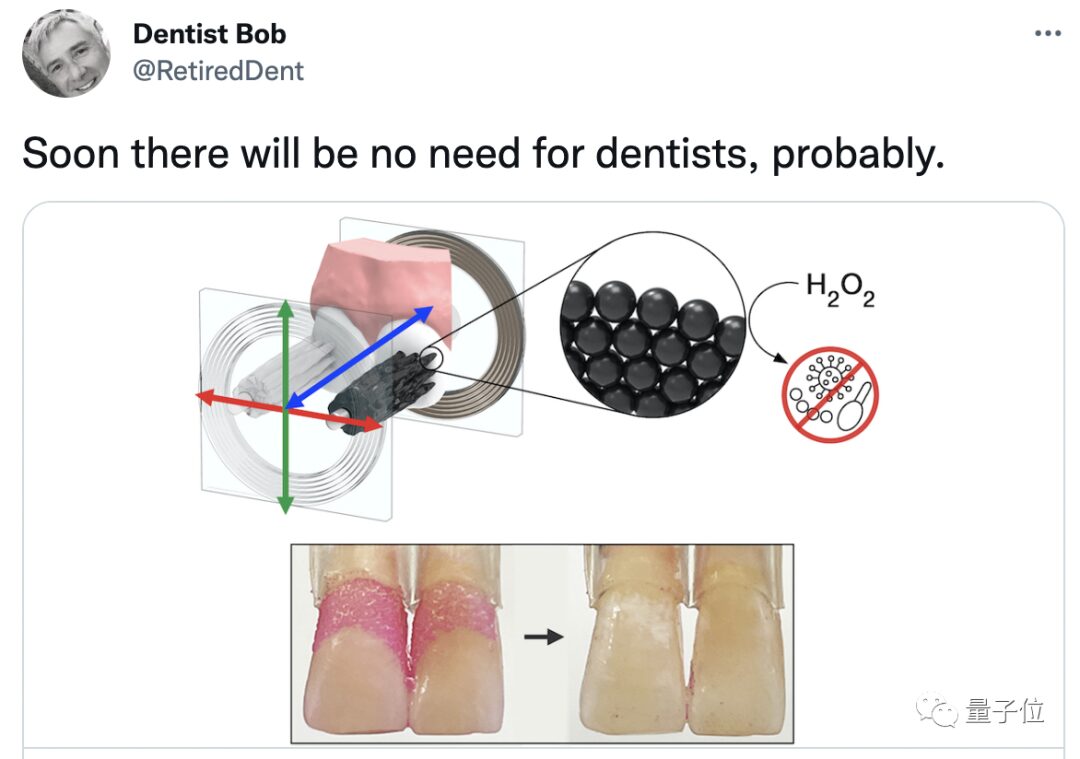
Looking at the username, this guy is likely a dentist himself, very sensitive to career crises~ (manual dog head)
How Can Robots Help You Brush Your Teeth?
They can transform, remove plaque, and collect diagnostic data for dentists; these are the three main functions of this tooth brushing micro-robot.
The principle behind these functions is the simultaneous use of the magnetic field control and chemical properties of iron oxide nanoparticles (IONP).
Specifically:
IONP can change its shape by altering the magnetic field; I believe everyone has seen similar videos:
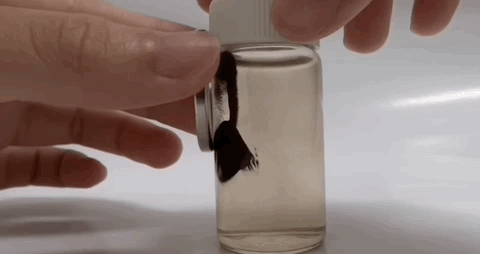
This principle has been widely applied in the medical field, and the tooth brushing micro-robot is implemented using IONP as a carrier.
First, to achieve controllable deformation of IONP, the research team designed a magnetic field control platform based on robotic principles, which can assemble, reconfigure, and drive the upper structure of IONP by changing the magnetic field.
Through this control platform, IONP can transform into a form with certain rigidity, resembling bristles, which can penetrate the biofilm on the surface of the teeth, cleaning directly at the plaque coverage area.

Moreover, these “bristles” have the capability of controllable length and coverage area. The research team found during the experiments with IONP suspension that the length and coverage area of the “bristles” depend on three factors:
-
The concentration of IONP suspension; the higher the concentration, the longer the length;
-
The speed of fluid drag; IONP will move back and forth with the magnetic field. When the speed of the magnetic field drag is faster, the cohesion between IONP is disrupted, and the length becomes shorter;
-
The strength of the magnetic field is also a factor; there is a positive correlation between the length of the “bristles” and the strength of the magnetic field.
During the experiments, the research team achieved the movement and cleaning of IONP on complex surfaces by altering the cohesion and rigidity of IONP.
In subsequent experiments, the team used 3D printing to replicate a human oral structure and successfully achieved the “floss” form of IONP based on the previous experiments, effectively cleaning in the gaps between teeth where bacteria gather.
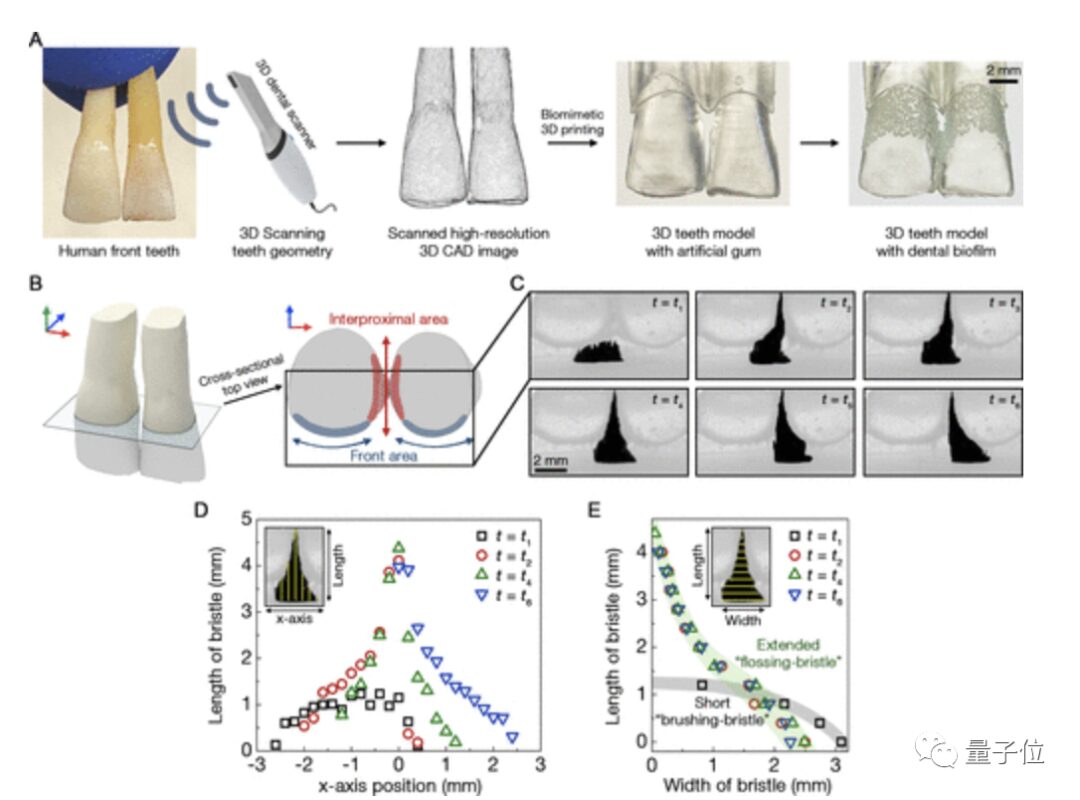
The plaque removal capability of the tooth brushing micro-robot relies on the chemical properties of IONP.
Previous studies have shown that IONP has peroxidase-like activity, which can catalyze hydrogen peroxide to achieve antibacterial effects, and IONP has also been applied in the treatment of biofilms.
The research team precisely guided IONP to the bacterial zones that needed cleaning on a fixed geometric plate, allowing the IONP “bristles” to make direct contact with the biofilm while simultaneously generating reactive oxygen species through the catalysis of hydrogen peroxide near the bacterial zones, achieving in-situ bacterial killing.

To verify the ability to collect diagnostic data, the research team used a white candida— a pathogen for bacteria and fungi— that usually exists in the biofilm on the surface of teeth.
After collecting samples of the biofilm from the aforementioned stages, the research team discovered that active bacteria and fungi were present within the “bristles” of IONP.
This also proves that IONP can carry out active pathogens during the cleaning process and serve as evidence for dentists to diagnose oral issues.
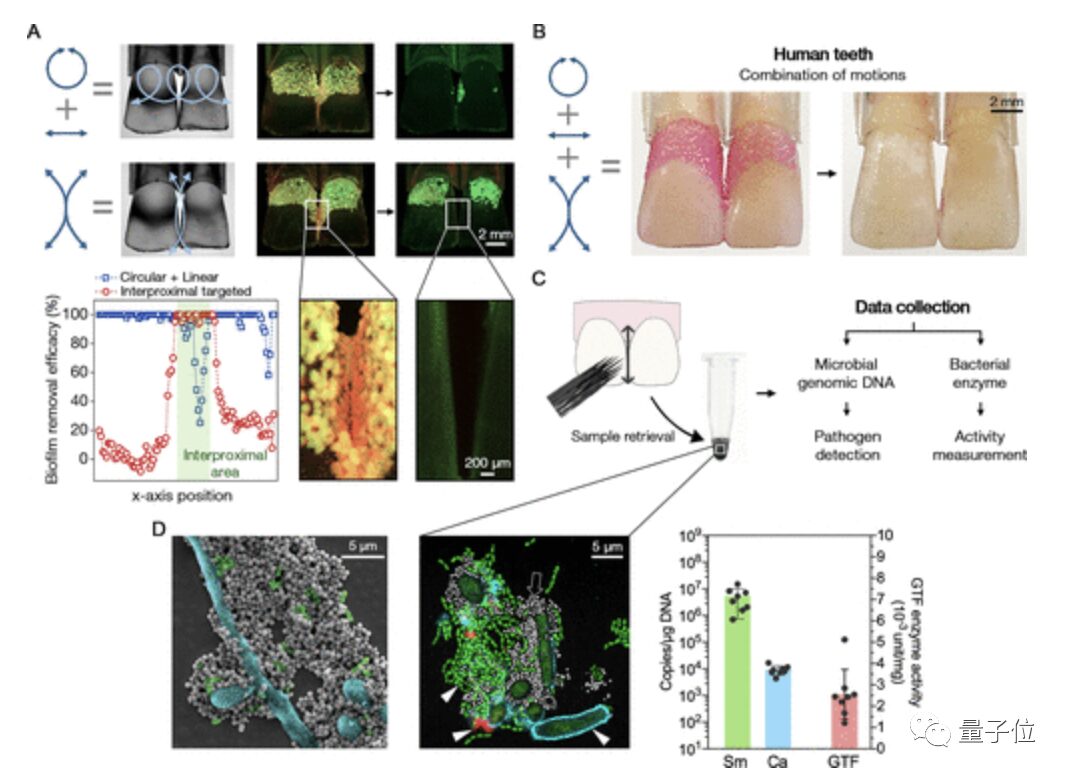
In summary, the tooth brushing robot based on IONP as a carrier theoretically can achieve oral cleaning and diagnostic capabilities, but whether it can really work in the human body still needs to prove one thing:
Will IONP cause damage to biological oral structures?
To this end, the research team specifically conducted a biocompatibility analysis, treating an in vitro pig jaw model with IONP.
The experimental results found that after “brushing” for 10 minutes, the gingival tissue of the pig jaw was not damaged, and IONP did not show cytotoxicity.
In other words, the conceptual tooth brushing micro-robot based on IONP can theoretically be put into application.
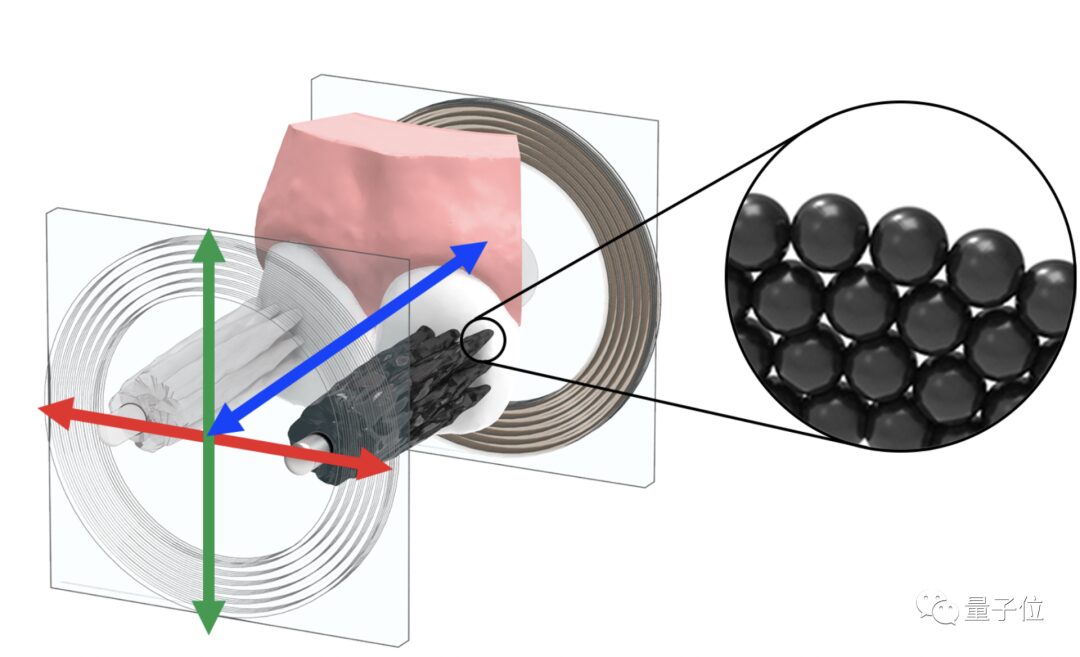
The research team is currently continuing to optimize the motion control of the tooth brushing micro-robot and is considering developing an oral fitting device to lower the usage threshold of the tooth brushing micro-robot.
So, how about it? Such an amazing tooth brushing micro-robot, don’t you want one?
Author Introduction
The research comes from the School of Dental Medicine and the School of Engineering and Applied Science at the University of Pennsylvania, and the results have been published in ACS Nano.

Corresponding author Dr. Edward Steager, Senior Research Investigator at the University of Pennsylvania, postdoctoral researcher. His research fields include automation and robotics, micro-robotics, and more.

Co-corresponding author Dr. Hyun Koo, Professor at the University of Pennsylvania School of Dental Medicine, whose main research areas include biological extracellular matrix, microenvironment within biofilms, and the relationship between EPS production and embedded matrix pathogens.
Reference Links:
https://pubs.acs.org/doi/10.1021/acsnano.2c01950
https://penntoday.upenn.edu/news/penn-dental-engineering-shapeshifting-microrobots-can-brush-and-floss-teeth
— The End —
Join Our WeChat Group on “Artificial Intelligence” and “Smart Cars”!
Welcome to join us, friends interested in artificial intelligence and smart cars, to communicate and discuss with AI practitioners, and not miss the latest industry developments & technological advancements.
PS. Please be sure to note your name-company-position when adding friends~
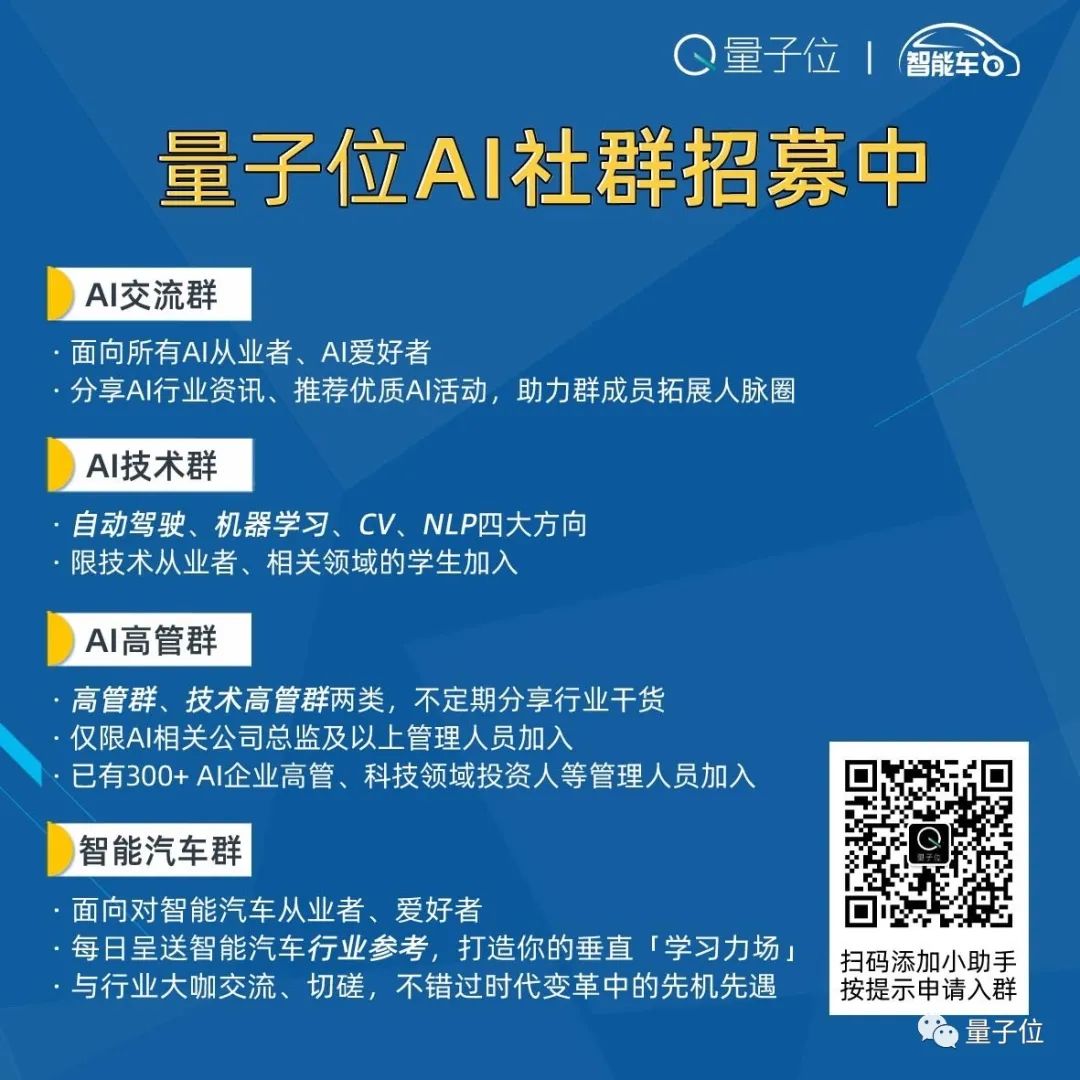
Click Here👇 to Follow Me, Remember to Star It~
One-Click Triple Action: “Share”, “Like”, and “View”
See You Daily at the Cutting Edge of Technology~